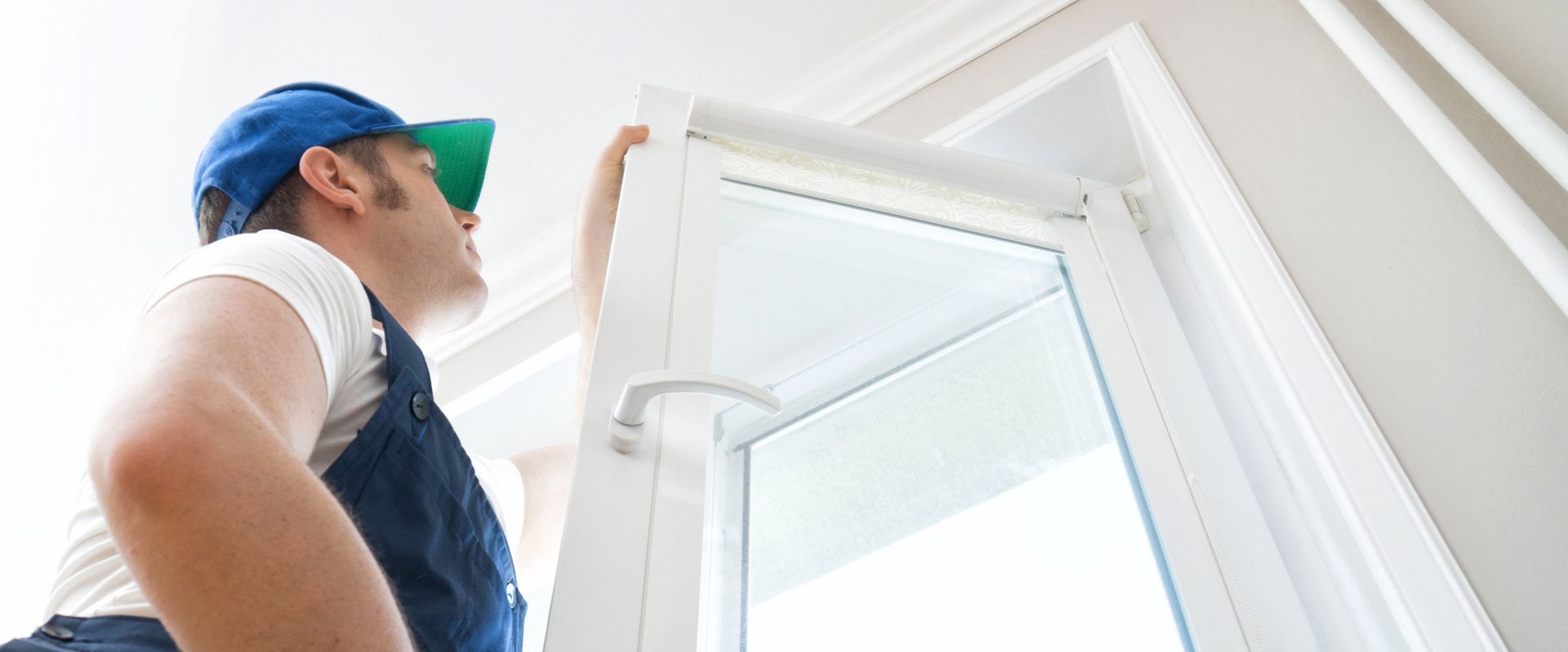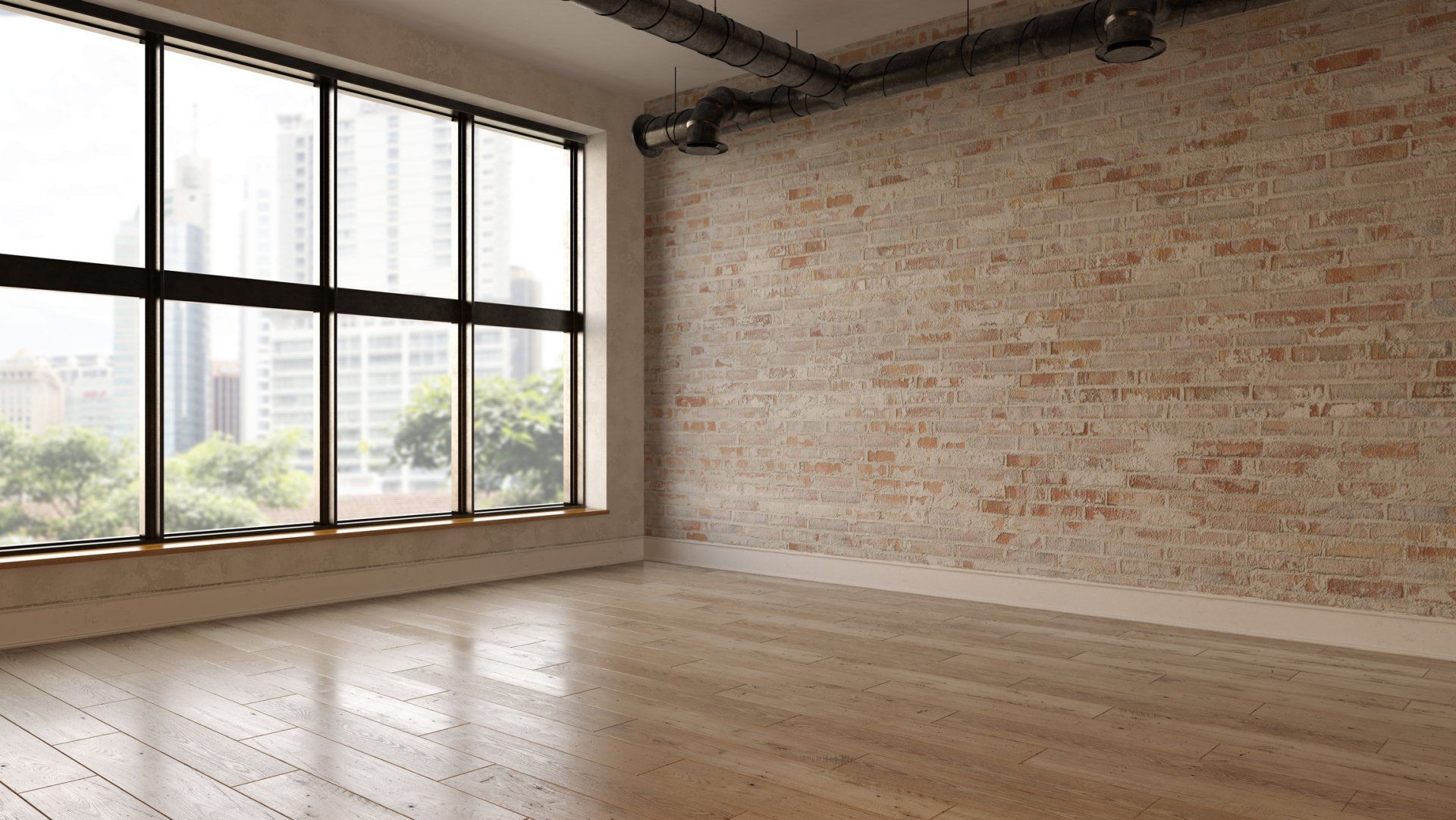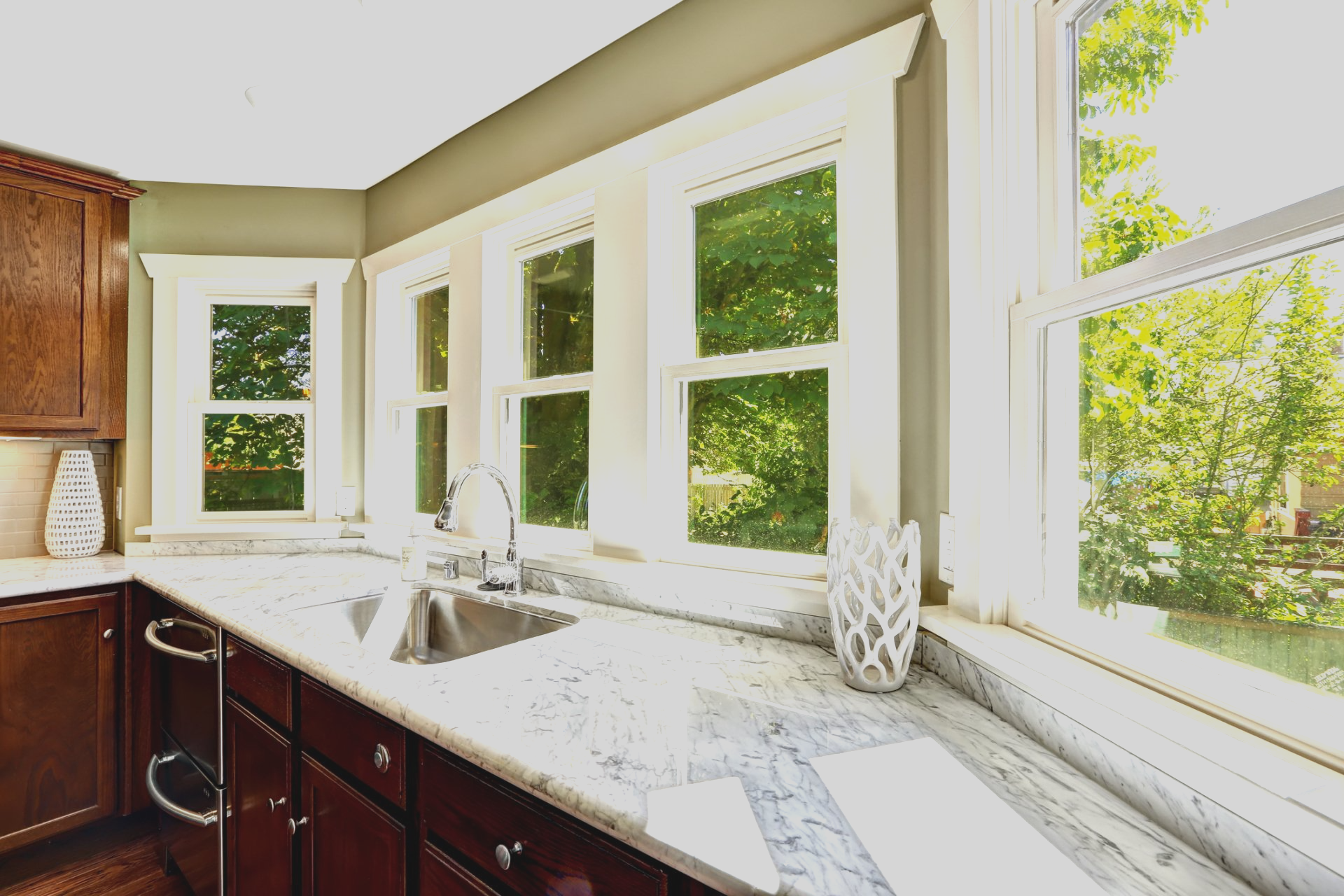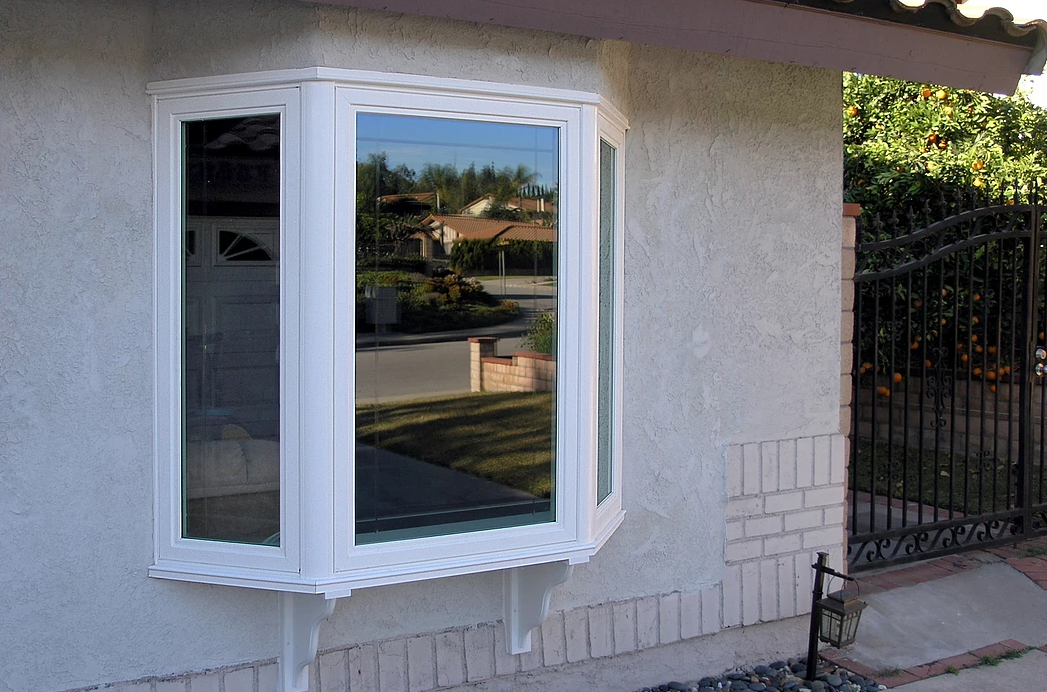CALL US: (800) 672-3777
How To Make Sure Your Windows Are Sealed
Whether the winter is bringing in chilly drafts or you’re worried about wasting all that cool air when you need it most during the warmer months, it’s important to make sure your windows are sealed if you want to ensure comfort inside and reduce the cost of heating and cooling your home.
While some homeowners are good about checking their windows periodically, most may only check their windows if there’s a serious problem, such as an obvious break or leak. But just because you’re not noticing an issue doesn’t mean that you can forget about your windows until something pops up. After all, sealing any air leaks around your home is a rather simple activity, and it can end up saving you a significant amount on your monthly energy bills.
However, the hardest part is detecting those tiny air leaks that could be sending your comfortable, climate-controlled air out the window – literally.
Use Your Senses
When you’re looking for leaks around your home, it’s a good idea to start with a visual inspection of each of your home’s windows. You don’t have to spend hours on each one, but a quick look can tell you a lot. Any cracks or gaps you see are candidates for further investigation.
After a quick visual inspection, try to get close to the window and see if you can feel any air escaping. It won’t be obvious like an open window, but you should be able to detect a slight breeze if there are any air gaps. When in doubt, grab a piece of paper and stick it up to the window. If it flutters or moves, you may have a leak.
If you have single-paned windows, pay attention to the glazing, which is the putty that holds the panes in place. While the focus is on your windows, don’t forget your doors. Just like your windows, a door that lacks proper insulation won’t be doing you any favors when it comes to your energy bill, and as long as you’re checking your windows you might as well take a look at your home’s doors.
Try the Smoke Test
Because some air leaks are so miniscule that you won’t be able to detect them on your own, you can always turn to the smoke test. Simply close all the windows and doors and turn on any vent fans in your bathrooms and in the kitchen. That will create negative pressure in your home, which will bring in outside air through any opening, no matter how small.
Grab a stick of incense, a lit cigarette or something similar and walk up to each of your windows. Hold the stick up to the window and watch the smoke. If the smoke drifts up with no change, you don’t have a leak. But if the smoke is disturbed by air coming in, that’s an obvious sign you have a leak and you’ll have to take proactive measures to make sure your windows are sealed.
Go Infrared
If you have access to an infrared thermometer, you can actually use it to help detect window leaks in your home. Since it measures the ambient air temperature, you’ll be able to clearly see any air leaks just by pointing it at your home’s windows. Look for any anomalies, such as a cold patch when the rest of the window is warm or a hot patch when the rest of the window is cold – that will let you know that there’s a leak.
Fixing Those Leaks
Once you’ve found a leak, the next step is to make sure your windows are sealed by fixing it. Depending on the type of windows you have in your home, you’ll be able to do this by either reapplying caulk or re-glazing your window panes.
Caulking is one of the simplest fixes for a leaky window, but a lot of newbies forget this first step. Instead of applying caulk over an existing leak, it’s best to remove the old caulk, clean the area and then apply new caulk. Use a putty knife to remove the existing caulking, then grab your can of caulk and cut a hole about the same size as the gap you’re looking to fill. Too big and you’ll have a mess to clean up. Too small and you’ll have to reapply several times to fill the gap.
As for re-glazing old single-pane windows, you’ll have to remove the putty as well as the glass and reset it all back into place. It’s significantly more complicated than adding caulking, so you might want to call out a professional to take a look.
In general, if you’re not interested in taking on a comprehensive DIY project of identifying and fixing your window’s leaks, it’s best to call in the experts. They’ll be able to tell you if you need a
new window or if your existing window can be fixed, and it’ll also save you a lot of time and headache if you’ve got better things to do. Get a quote today!
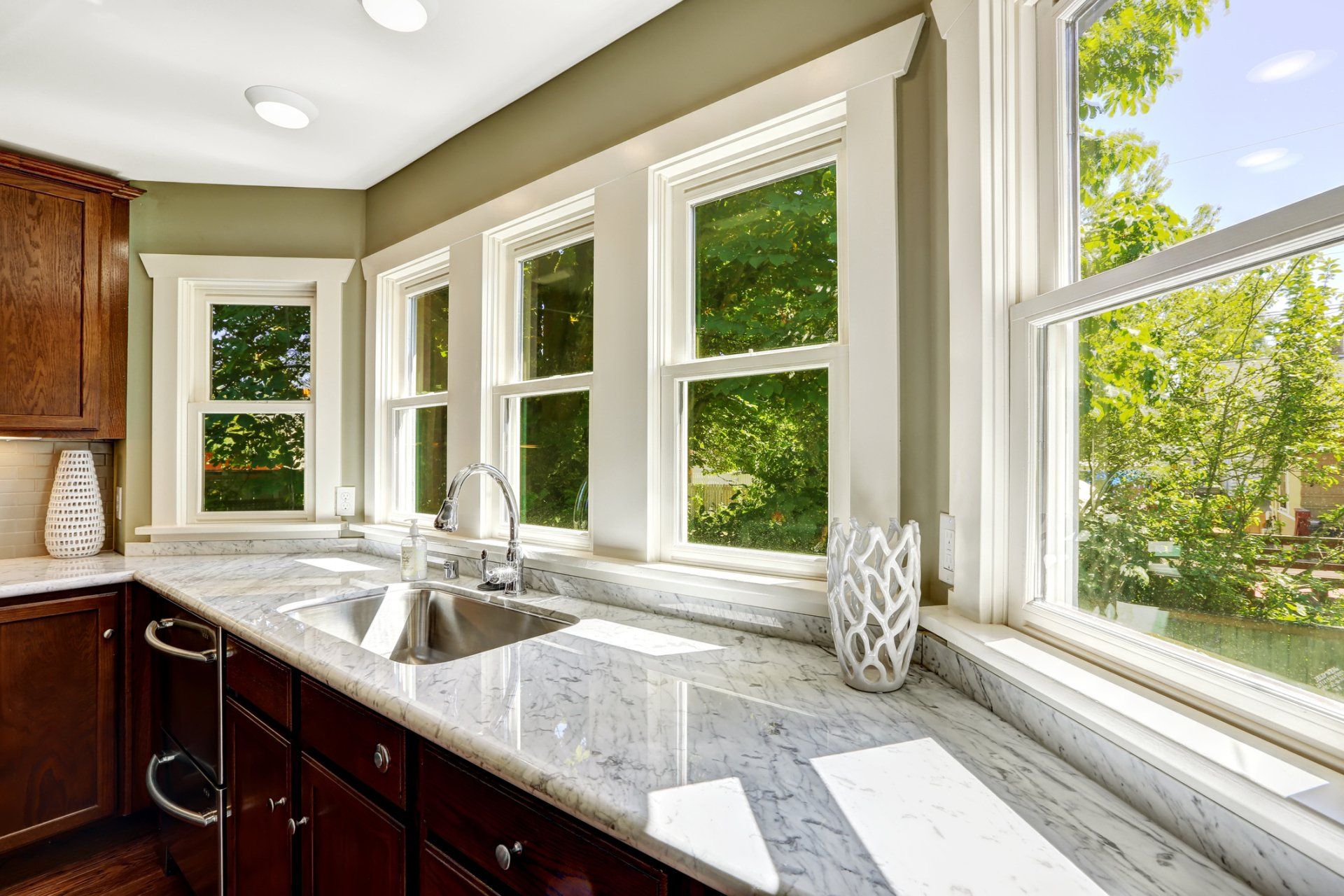
HOURS OF OPERATION
Mon - Fri 8:00 am - 5:00 pm
Saturday 9:00 am - 2:00 pm
Sunday Closed

